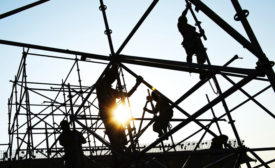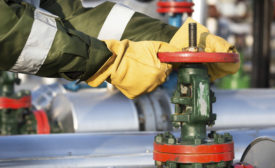News
Workers scale barbed wire fence to escape fireball
Company cited for PSM violations
June 22, 2016
Construction industry wants a seat at the (political) table
Employers seek plank in party platforms
June 21, 2016
Never miss the latest news and trends driving the safety industry
eNewsletter | Website | eMagazine
JOIN TODAYCopyright ©2024. All Rights Reserved BNP Media.
Design, CMS, Hosting & Web Development :: ePublishing






